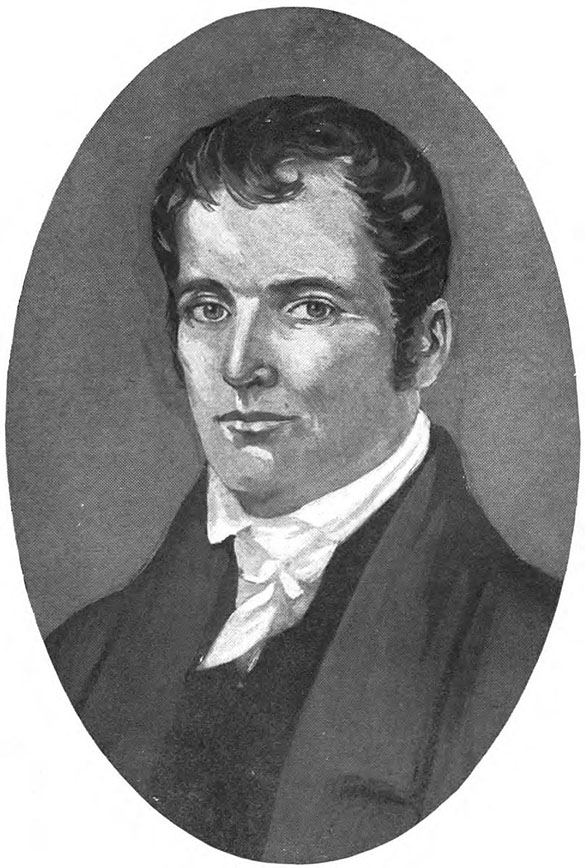 We haven’t had a paleobotanical fossil of the week for awhile, so here are a couple of nice seed casts from the Upper Carboniferous Massillon Sandstone exposed near Youngstown, Ohio. They fall within the “form genus” Trigonocarpus Brongniart 1828. A form taxon is one that may not have any systematic or evolutionary validity, but it is a convenient resting place for taxa that share a particular morphological pattern but can’t be easily classified elsewhere. Trigonocarpus consists of seed casts that are “radially symmetrical, decorticated, and have their surface marked by three prominent ridges” (Gastaldo and Matten, 1978, p. 884). These particular seeds appear to be Trigonocarpus trilocularis (Hildreth, 1837). The taxa here are problematic, of course, because these seeds belong to larger plants that have their own names.
We haven’t had a paleobotanical fossil of the week for awhile, so here are a couple of nice seed casts from the Upper Carboniferous Massillon Sandstone exposed near Youngstown, Ohio. They fall within the “form genus” Trigonocarpus Brongniart 1828. A form taxon is one that may not have any systematic or evolutionary validity, but it is a convenient resting place for taxa that share a particular morphological pattern but can’t be easily classified elsewhere. Trigonocarpus consists of seed casts that are “radially symmetrical, decorticated, and have their surface marked by three prominent ridges” (Gastaldo and Matten, 1978, p. 884). These particular seeds appear to be Trigonocarpus trilocularis (Hildreth, 1837). The taxa here are problematic, of course, because these seeds belong to larger plants that have their own names.
 These seeds appear to be from medullosalean trees, which were small relatives of today’s cycads. They were common in wetlands throughout North America and Europe during the Carboniferous, especially the Late Carboniferous. The seeds we have were likely attached to small stalks. You can see what appears to be a circular attachment scar above.
These seeds appear to be from medullosalean trees, which were small relatives of today’s cycads. They were common in wetlands throughout North America and Europe during the Carboniferous, especially the Late Carboniferous. The seeds we have were likely attached to small stalks. You can see what appears to be a circular attachment scar above.

Dr. Samuel Prescott Hildreth (1783-1863) was a physician and historian with a keen eye for natural history, especially including fossils and rocks. He was born in Massachusetts of strong Patriot stock and moved to the dangerous territory of Ohio in 1806, settling in Marietta in 1808. Dr. Hildreth is often cited as one of the first scientists in the country west of the Alleghany Mountains. His prolific writing is fast-moving, diverse and interesting, so he must have been a great traveling companion. Dr. Hildreth served in the Ohio Legislature and was on the first Ohio Geological Survey.
 The above is a figure from Hildreth (1837, p. 29) showing the fossil seed he named Carpolithus trilocularis. He wrote that “[t]his nut is probably the fruit of some antediluvian palm”, which is not far from what we think now (apart from the Flood reference!).
The above is a figure from Hildreth (1837, p. 29) showing the fossil seed he named Carpolithus trilocularis. He wrote that “[t]his nut is probably the fruit of some antediluvian palm”, which is not far from what we think now (apart from the Flood reference!).
References:
Gastaldo, R.A. and Matten, L.C. 1978. Trigonocarpus leeanus, a new species from the Middle Pennsylvanian of southern Illinois. American Journal of Botany 65: 882-890.
Hildreth, S.P. 1837. Miscellaneous observations made during a tour in May, 1835, to the Falls of the Cuyahoga, near Lake Erie: extracted from the diary of a naturalist. American Journal of Science and Arts 31:1-84
Zodrow, E.L. 2004. Note on different kinds of attachments in trigonocarpalean (Medullosales) ovules from the Pennsylvanian Sydney Coalfield, Canada. Atlantic Geology 40: 197-206.


